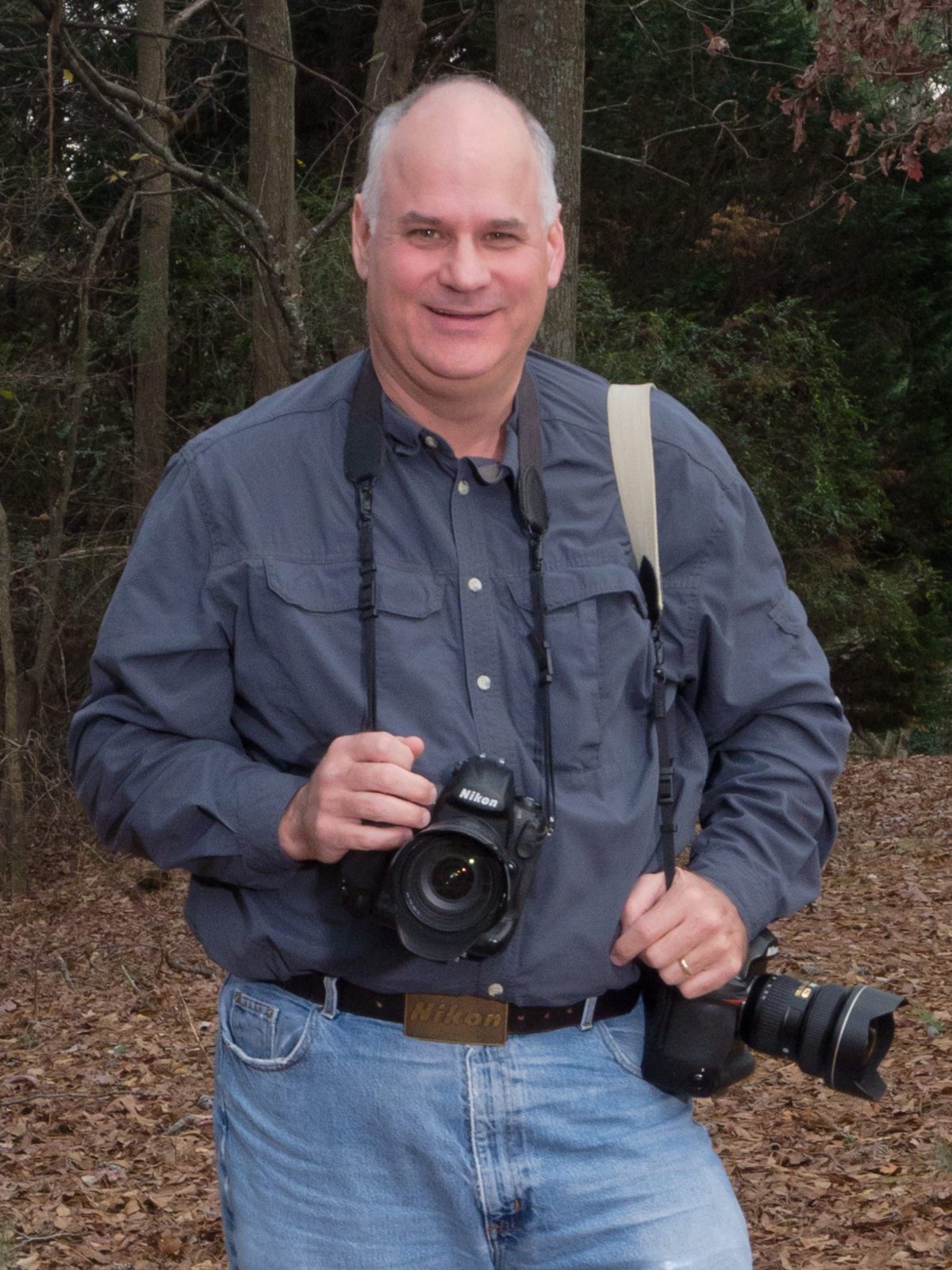 |
| The shortest distance isn’t always the best route |
Know Thyself
“He who knows others is wise; he who knows himself is enlightened.”
― Lao Tzu
We are familiar with the saying to “Know Thyself” because you can accomplish so much more through understanding yourself. You learn your strengths and limits, which will help you navigate life.
Storytellers need to know the purpose of a story. Why were you hired to tell a story?
I have been driving many times in the Atlanta traffic when suddenly my GPS will alert me to traffic and alternative route to my destination.
Knowing your destination, the GPS helps you navigate and get you to your location in the quickest amount of time.
Great Teachers
One of the best examples I experienced over and over growing up was when a student would ask my teacher a question. The teachers I have the fondest memories of are the ones who could take almost any question and use it to engage the class on the subject. My worst memories are of the teachers who, like in the top illustration, use that red-line approach to everything. They somewhat answer the question but are quick to say something like, “now let’s get back to …” and shut down the class in the process.
The difference is that great teachers know their subject well and know their lesson plans. They see the goal and purpose of the lesson that day. They are willing to take a question and, like the GPS, use this alternative route, which is better than proceeding into what will be a traffic jam.
Great Storytellers are Great Listeners
I have traveled with some of the best writers and loved learning from them. These were all journalists, and we were working together on stories. I was capturing the still images and video while they were responsible for the text.
I have also watched too many writers who are so self-absorbed with where they think the story should go that they kill the story. I remember more than once with more than one writer where they asked a question and didn’t listen either with their ears or eyes and missed the traffic jam taking place and hearing the subject helping to redirect them to an alternative route.
Today I am sent by news outlets and corporations to capture stories for their audiences. For example, just this week, I was covering the grand opening of Chick-fil-A at The College Football Hall of Fame. My audience was the internal staff and franchise owners. The Associated Press photographer covered the story, and his audience was the public.
 |
| Associated Press photographer Dan Goldberg interviews a couple. [Fuji X-E2, 18-55mm, ISO 6400, ƒ/6.4, 1/140] |
How the new Chick-fil-A restaurant impacted, those audiences was my assignment. The AP Photographer and I were covering the same subject. Still, because we knew our purpose, we could adjust throughout the story as the subjects in the story helped inform us of new content relevant to the story.
My primary concern in all my storytelling is the subject. If I aim to please the subject and the subject would be happy with the story, then the accuracy is much greater than focusing on what someone else told me about the narrative storyline.
Just like the teacher who knows the purpose of their lesson plan can adjust to bring the class along, I, too, must adapt to be sure I capture how this new restaurant will impact my audience.
 |
| Dan Cathy is with one of the staff members from the College Football Hall of Fame reading the story of “A Better Way Ministries” person who built the table. [Nikon D4, 28-300mm, ISO 6400, ƒ/8, 1/200] |
As you can see in this photo, I needed my dancing shoes when Dan Cathy, the president of Chick-fil-A, crawled under a table and started talking to everyone from under the table. Just like when the teacher gets a question from a student who can help engage the classroom even more in the story, this was my question moment.
 |
| The plaque on top of the table tells the story of the table. [Nikon D4, 28-300mm, ISO 1000, ƒ/5.6, 1/160] |
You can read about the table in the photo above. Dan Cathy talked about how this partnership with A Better Way Ministries was similar to their new coffee company Thrive Farmers. The process of picking Thrive Farmers was the realization there was a story there of the farmers. The artisans who made the table have a story, and Chick-fil-A asked them to take a Sharpie and write their account under the table.
 |
| The artisan’s story. [Fuji X-E2, 18-55mm, ISO 6400, ƒ/2.8, 1/500] |
This unexpected detour helped me reach my destination better than without the detour. You see, the story of how Chick-fil-A was interested in impacting the lives of the artisans and coffee growers by buying their products is how they were impacting those communities. It did a great job setting up the story of how this restaurant will impact the neighborhood near the College Football Hall of Fame.
Highways vs. Back Roads
Great storytellers know that those detours compare the interstate highway to the back roads. Of course, interstate highways are like the straight line from point A to point B, but rarely are they as scenic as the backroads.
I know that when I am the passenger on a drive on the interstate, I am much more likely to take a nap than on the backroads.
The lesson here is simple. If you know why you are doing the story, you will learn how to navigate and take advantage of the opportunities the subjects give you, making your account success.




